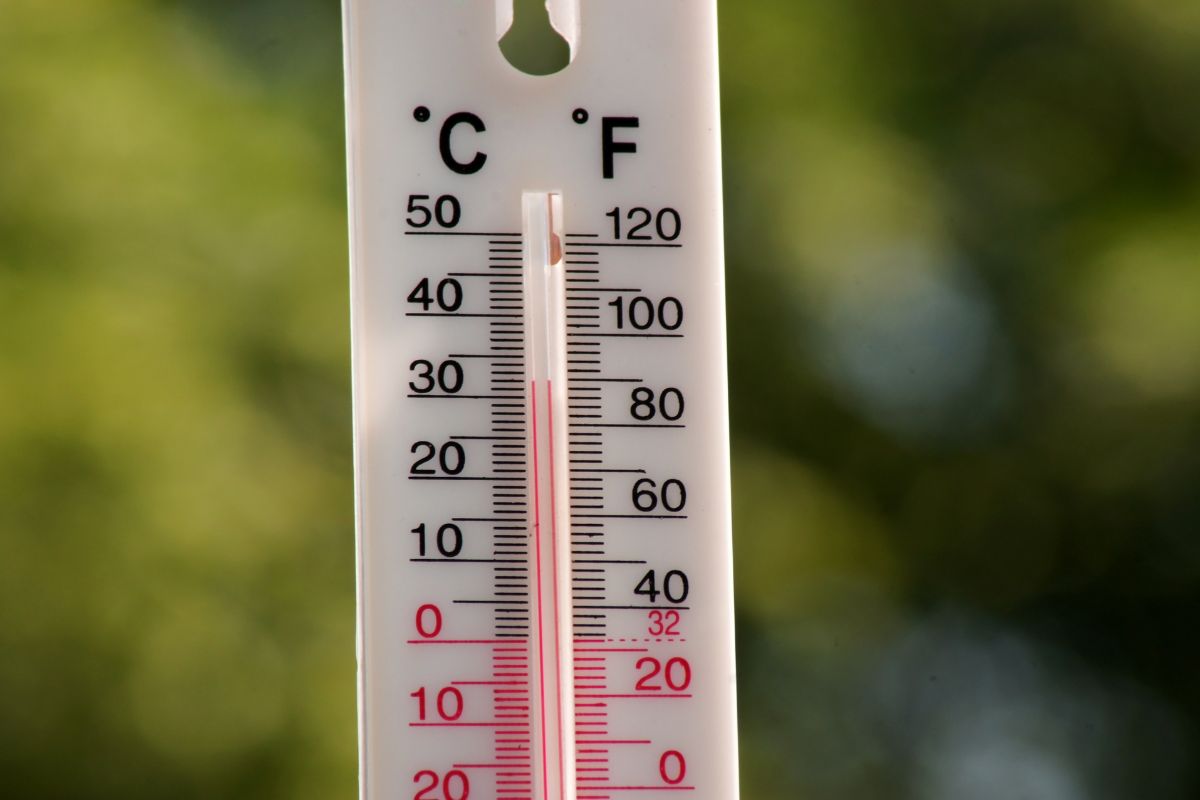In everyday life, temperature is one of the fundamental measurements used. Whether assessing an outdoor temperature or body temperature when sick, one must appreciate how different temperature scales operate. Celsius (°C) and Fahrenheit (°F) are one of the most popular temperature conversions people look up to make, specifically the conversion of 37°C. Why is it 37°C in particular? Because it is the normal human body temperature on the Celsius scale. In this article, we will study the importance of this temperature, examine the procedure of conversion, and investigate the location and the reason for the different scales.
What Does 37°C Represent?
While discussing 37 degrees Celsius, it’s mostly in a medical or biological scenario. From a medical perspective, 37 °C is identified as the usual normal body temperature for humans. Although normal body temperature can deviate from one individual to another or depending on the time of day, age, and physical activity, this value is accepted globally.
Celsius is a metric unit for measuring temperature. 0°C is the freezing point of water, while 100 °C is the boiling point at standard atmospheric pressure. Many nations, including the scientific community, rely heavily on this unit of measurement as it is further accepted globally.
The Need for Conversion
Even though Celsius is commonplace in scientific settings, numerous nations, the United States included, prefer using the Fahrenheit system for everyday temperature usage. For instance, Americans talk about the weather or their body temperature in °F. As such, if someone in the U.S. is told, “your body temperature is 37°C,” it is likely that they will not immediately recognize that it is a healthy reading. That is where conversion comes in handy.
The Celsius to Fahrenheit Formula
The formula to convert degrees Celsius to Fahrenheit is:
Fahrenheit = (Celsius × 9/5) + 32
Let’s break down the formula with 37°C as the example:
- Multiply 37 by 9. That gives you 333.
- Divide 333 by 5. You get 66.6.
- Add 32 to 66.6. The result is 98.6°F.
So, 37°C is equal to 98.6°F.
This is the number most Americans recognize as the “normal” body temperature. This specific conversion is more than just mathematical—it holds biological and practical importance in health diagnostics and everyday life.
Why Two Temperature Scales?
The adoption regionally and historically has led to the differing systems used globally, which explains why there are two different systems still used even when there is no need.
Fahrenheit is used mostly by the United States, which is why the conversion of 37°C is important when communicating with public health professionals. Daniel Gabriel Fahrenheit developed it in the 18th century. The Fahrenheit scale marks the freezing point of water as 32°F and the boiling point as 212°F.
Unlike Fahrenheit, Celsius uses a decimal-based logic that makes it easier to understand, was developed later on, and is now part of the International System of Units (SI). It is mainly used in scientific studies, the medical field, and global weather forecasting.
Celsius is used globally and even in scientific fields. This is why it is important to bridge such communications to prevent critical errors in patient safety during international travel.
Importance of 37°C in Medical Practice
Normal body temperature is not a fixed number—it can vary slightly. However, 37°C (or 98.6°F) is often considered a reliable average for a resting, healthy human body. When someone’s body temperature climbs above this, it might indicate a fever. In medical contexts, even small deviations from 37°C can signify significant health concerns.
For instance:
- A temperature above 38°C (100.4°F) could be a sign of fever.
- Below 36°C (96.8°F) may indicate hypothermia or a cooling issue.
- 37°C is used as a benchmark in thermometers, medical devices, and diagnostic tools.
Healthcare professionals around the world are trained to interpret body temperature using both Celsius and Fahrenheit scales, depending on the local standard.
How People Commonly Search for 37°C to °F
Thanks to the widespread use of digital thermometers, smartphones, and international travel, more people are becoming curious about converting temperatures. Some common search terms include:
- “What is 37°C in Fahrenheit?”
- “Is 37 degrees Celsius a fever?”
- “Convert 37 °C to F”
- “Normal body temperature in Fahrenheit”
These searches reflect a growing global awareness and the practical need for understanding multiple units of measurement.
Everyday Applications of the Conversion
Beyond healthcare, 37°C appears in other areas where temperature monitoring is crucial:
- Cooking and baking: Certain recipes from European or Asian countries may use °C, requiring conversion for American users.
- Travel: If you’re traveling from Europe to the U.S., knowing your body temperature in Fahrenheit becomes necessary, especially during health screenings.
- Weather forecasts: Tourists might want to understand the local temperature in their familiar unit.
- Science experiments: Students in international schools may encounter both scales and need to convert for clarity or accuracy.
Temperature Conversion Without a Calculator
While using a calculator or smartphone is the quickest method, some people like to estimate manually. Here’s a simple way to approximate the conversion:
- Double the Celsius value. So, 37 becomes 74.
- Add 30. 74 + 30 = 104.
- This gives you a rough estimate of 104°F, which is a bit higher than the actual 98.6°F, but good for quick mental math.
For precise medical readings, though, always use the accurate formula.
Is 37°C Always 98.6°F?
Interestingly, 37 degrees Celsius equals exactly 98.6F only in theory. Body temperature, in practical terms, would be:
- From 36.1°C (97°F) in the early morning
- Up to 37.5°C (99.5°F) later in the day
This variation depends on factors like time of day, age, physical activity, and even menstrual cycles. That’s why 37°C is considered an average rather than a fixed point.
Conclusion: Why It Matters
The conversion of 37°C to °F is more than just an arithmetic exercise. It signifies the importance of communication, especially in healthcare. As people use different kinds of systems, knowing that 37°C is 98.6°F allows for some assurance. This is small but important for literacy in science and day-to-day activities.
Regardless if you are a traveler, a student, a healthcare worker, or simply someone interested in digits, knowing the relationship between these two temperature scales prepares one to function well in an integrated and globalized world.












